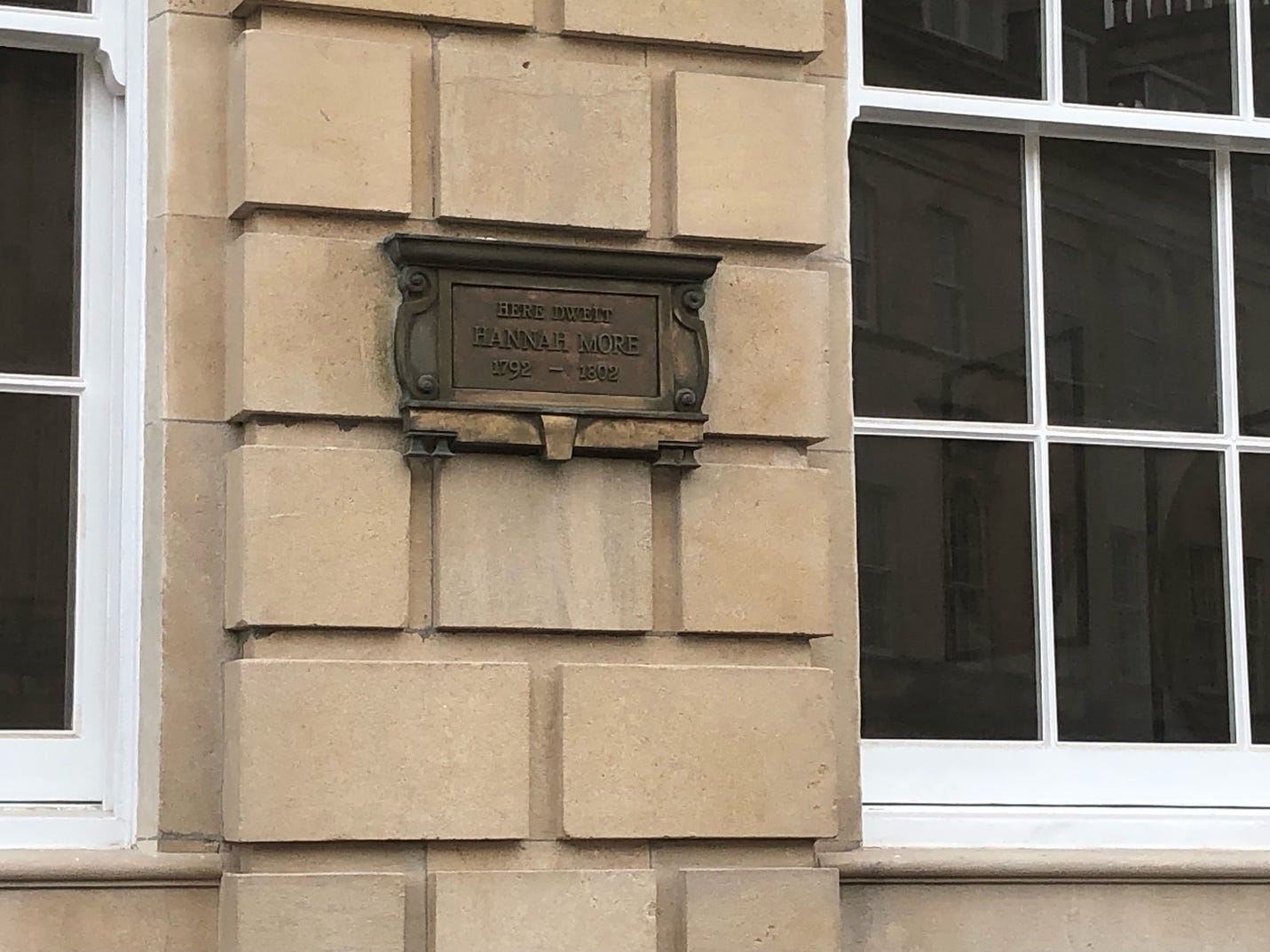In some ways, copyeditors have a lowly role. We aren’t writers sending a message out into the world—we’re just making sure that the commas are in the right place.
Restraint is one of the words that copyeditors must always keep in mind. The words we’re working with, the manuscript we’re working on isn’t ours. We serve as a liaison and an advocate for both the author and the reader. We want to assist the author in expressing his thoughts as clearly as possible, and we want the reader to be able to comprehend and enjoy the author’s arguments and ideas and stories.
Nevertheless, some of the changes made at the copyediting level do affect how a book looks and feels to an author and a reader, although usually in subtle ways. We help to make a book part of a certain culture and tradition.
L. M. Montgomery, the author of Anne of Green Gables, is known for putting Prince Edward Island on the map. She wrote distinctively Canadian literature, about Canadian towns, experiences, and culture.
But, fascinatingly enough, in her journals, Montgomery tended to use American spelling since Prince Edward Island was influenced by New England, given the proximity of the Maritime provinces of Canada to that part of the United States.
In the introduction to The Selected Journals of L. M. Montgomery, vol. 1: 1889–1910, editors Mary Rubio and Elizbeth Waterston write: “Women read magazines that flowed up from the States, and these furnished a strong cultural influence. For example, Montgomery’s spelling in her journals reflects American rather than British practice” (xv).
In every edition of her published novels and short stories that I have ever read, however, Canadian spelling is used. For instance, in Rainbow Valley, someone says, “Here is Cornelia Bryant coming up the harbour road.” (In America, we would write “harbor.”)
That was likely a decision made by editors, probably not L. M. Montgomery. I am not sure if the initial editions of her first several books to be published included Canadian spelling—her first publisher was L. C. Page, a Boston-based company—as I have not had the privilege of examining first-edition copies of her early work. For that matter, I have not traced the spelling and punctuation conventions in short stories of hers that were published in various magazines before Anne of Green Gables, her first book, came out in 1908.
But regardless of when and how the decision was made to use Canadian spelling in published editions of Montgomery’s novels, it’s a good example of the copyeditor’s domain. We impose the conventions that create a frame for the picture.
In a bit of irony, I am finalizing this newsletter issue from the United Kingdom. A big part of my job as a copyeditor for various companies and publishers is to remove (mostly unintentional) Britishisms from blog posts and manuscripts since I only work for American publishers. (I would not be disinclined to work for British or Canadian publishers, but the opportunity has not yet presented itself in seven years of copyediting.)
A few examples: in British English “that” and “which” are largely interchangeable, lots of extra l’s abound (“travellers”), and multiple words have extra bits added to the end (“amongst”). Canadian English isn’t quite the same as British English, but Canadians have felt less of an impulse to make their use of English distinct from their mother country. For Americans, it has been a point of pride to do so.
The only area as a copyeditor in which I am not restrained is making a manuscript conform to American English, the house style of the publisher (which might include preferences such as using old-style state abbreviations [“Ala.” instead of “AL” for “Alabama”]), and the relevant style guide, whether The Chicago Manual of Style or The AP Stylebook. I root out the “s” if “towards” appears in the manuscript, I tuck the period back inside the quotation mark, I lengthen the en dashes to em dashes. I do some housecleaning, changing nothing about the structure, but—if I succeed—preparing the author’s distinctive ideas and phrasing for the reader in the setting provided by American English, Chicago style (or AP style), and the press’s (or company’s) conventions. The reader may not recognize all these distinctives as they play out in the manuscript, yet these small ingredients are part of what makes a culture.
For this week, while in Bath, England, I am enjoying all the extra u’s, and when I read L. M. Montgomery, I appreciate and notice the “harbours” and “grey cats.” But I also delight in the task of making manuscripts distinctively American.
Beating through the thicket of American, British, and Canadian English—but mainly American English,
Rebekah Slonim
PS Daniel thought it would be interesting if I practised my language skills by writing an entire newsletter issue in British English whilst we’re travelling in the UK from 4th June to 10th June – but perhaps he did not realise what a challenge that would be. There would have been many words spelt differently, and it would have been a lot of labour to execute all the conventions faithfully. Instead you get this British English postscript for you to analyse that gives you a sense of how the flavour is different to American English.
I don’t need those extra l’s in my daily life, but I will surely miss the lovely architecture and landscapes. Pictured: a view of Bath from a hillside.
This placard on Great Pulteney Street in Bath says, “Here dwelt Hannah More, 1792–1802.” According to The Chicago Manual of Style, “American English tends to prefer the forms ending in -ed (e.g., dreamed, learned, spelled), while British English often prefers the forms ending in -t (dreamt, learnt, spelt)” (5.100).






The postscript was a fun ending to an enjoyable read!